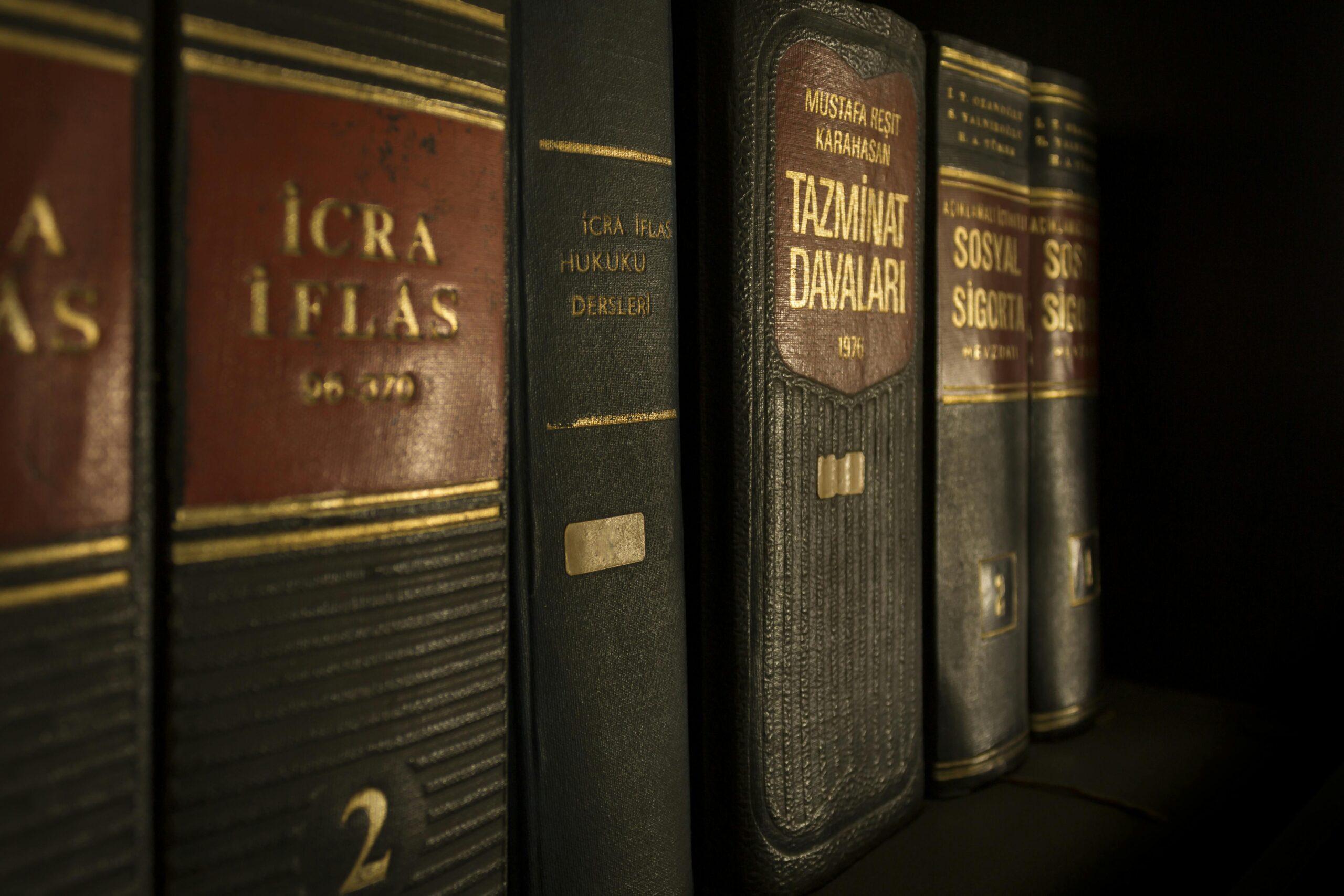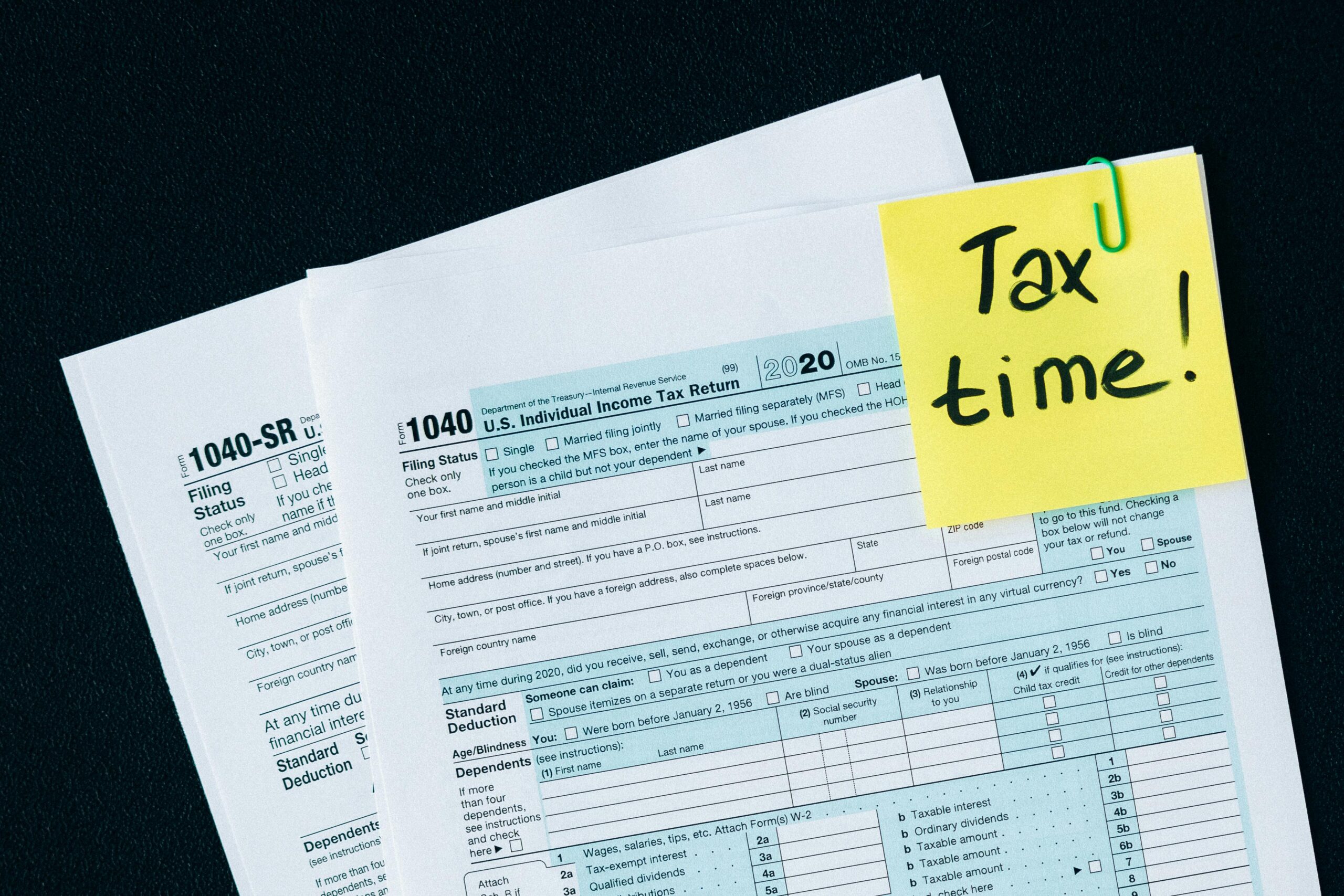Competition Law in Albania and its structure Law no. 9121, dated 28 July 2003, entered into force on 1 December 2003. It is applicable to all sectors of the economy, as well as to all private and state-owned enterprises operating in the territory of the Republic of Albania as and for companies which operate outside the territory but whose effects are felt in the domestic market. This law as a whole has a high approximation with European legislation in this field.
To get a clearer understanding of competition law, let’s briefly review it. Purpose of Law no. 9121 of 28 July 2003 ‘For the protection of competition’ is the protection of free and effective competition in the market always with a view to the protection of the public interest.
In a comparative view of the old competition law, it regulated the obligations of all market participants. With the concept market participants will mean the customers and customers looking for the goods or services and the different firms that provide them. The law itself stipulated the rules of economic activity of these participants in order for them to act in a fair competition situation6. Law No. 9121 dated 28.07.2003 ‘On Protection of Competition’ is amended by Law No 9499, dated 03.04.2006; Law no. 9584, dated 17.07.2006, as well as Law No.10317, dated 16.09.2010
It also provided for rights for competing consumers and firms to protect themselves from unfair competition.
This is that piece of competition legislation that directly protects the private interests of consumers and competitors. This protects the legitimate interests of every market participant, thus protecting indirect competition and fair competition. Consumer protection is now regulated by the new Consumer Protection Law no. 9135 of September 11, 2003.
The main purpose of the new Law on Competition is to protect competition itself, as a public good. In this way the protection of effective competition serves the public interest.
The scope of application of this Law shall include: b) all the entities defined in this point, which exercise their activity in the territory of the Republic of Albania, as well as those that exercise their activity outside this territory, if the consequences of this activity are felt in the domestic market7.
This was an overview of the law. For a more in-depth analysis of it we need to know its structure.
The law is divided into 7 sections, each of which is divided into chapters. I will briefly outline the provisions to become more familiar with competition law.
The law has this structure:
1- Part I – General Provisions
1- Part Two – Limitations of Competition
2- Part III – Competition Authority and Administrative Procedures
3- Part IV – Civil Procedure
4- Fifth part – Cooperation with other institutions
5- Part Six – Administrative Offenses and Sanctions
6- Part Seven – Transitional and Final Provisions
Part I, general provisions; this section addresses the purpose of this law which is to protect free and effective competition in the market. Then comes the scope of application of this law as well as definitions of the terms most commonly used in this law such as relevant market, dominant position etc. So the first part of this law gives us a brief introduction.
Part two, restrictions on competition; this part is divided into three separate heads.
The first thing is about deals. The term agreement shall be understood in accordance with the definition given by law: are those agreements entered into between undertakings with or by binding force, decisions or recommendations of groupings of undertakings,as well as concerted practices between enterprises operating at the same level, ie horizontal agreements or at different levels, ie vertical agreements, market. This Chapter sets out agreements which are considered prohibited in Article 4 thereof. The following articles provide for those agreements which are excluded from this rule, such as horizontal agreements, vertical agreements and license agreements.
The second chapter deals with abuse of a dominant position; the two articles that are covered in this chapter address the issues of how a dominant position is valued and what constitutes abuse of a dominant position.
The third chapter deals with the concentrations of enterprises; The following articles define the cases where the concentration of the enterprises is done, how the concentrations are controlled, the evaluation, how the turnover is calculated etc.
Part Three, Competition Authority and Administrative Procedures; also this part is divided into four heads.
The first chapter deals with the organization and functioning of the competition authority. So in the following articles of this chapter the Competition Authority, the Commission of competition, the number of members of this committee, the conditions for being a member of this committee, the duties and responsibilities of this committee, the duties of the chairman, decision-making, the competition secretariat, the responsibilities of the secretary general, etc. So this chapter sets out how the authority and its constituent bodies will function.
The second chapter deals with general administrative procedures. It is defined as a general principle that the authority applies the code of administrative procedures to exercise its function. The following sections set out the obligation to inform, that is, the undertakings under investigation, those seeking an exemption or those participating in a concentration, as well as undertakings or other persons who may have valuable data on request. the secretariat is obliged to provide this information. The following articles provide for inspections at the premises, searches in other premises, seizure, the right of parties to be heard, as well as appeal against decisions of the authority which may be made to the Court of Tirane within 30 days from the date of notification of the decision. .
Chapter 3 deals with the procedures for agreements and abuse of dominant position; this chapter is divided into two sections.

The first section deals with procedures and investigations. These articles provide that the Authority may, on its own initiative, at the request of the Assembly, etc., conduct a general inquiry into a sector of the economy in which prices or other circumstances lead to the idea that market competition is limited. The following sections set out the preliminary investigation procedures, in-depth investigation procedures, committee decisions, revocation of decisions, and the publication of the initiation of investigations and decisions published in the Authority’s “Official Bulletin”.
The second section of this chapter deals with the procedure for excluding detention agreements.
In the fourth chapter we will outline the procedures for controlling concentrations; the following articles deal with entities that are required to notify, the supplementary documents that these entities must provide to the authority within a specified time frame which are of interest for the assessment of concentration. The following articles also deal with the preliminary procedure, the in-depth procedure, the deadlines, the revocation, the publication of the notice and the commencement of the in-depth procedure, etc.
Part four, civil proceedings; In this section we find the provisions related to lawsuits, lawsuits against restrictions of competition, lawsuits, interim measures and jurisdiction. Lawsuits arising from this law are brought before the Tirane Court.
Part five, cooperation with other institutions; This section reflects the article on the role of the regulatory authority and regulatory reform. Exchange of data with related authorities as well as suspension or termination of proceedings.
Part Six, Administrative Offenses and Sanctions; the provisions contained in this chapter concern the measures of fines imposed by the commission. The amount of fines for minor violations is no more than 1% of the total turnover of the previous financial year. While the amount of fines for serious violations is from 2 to 10% of the total turnover of the previous financial year. Another article deals with the determination of fines, periodic fines, relief from fines, individual sanctions as well as an appeal that can be lodged with the Tirane Court within 30 days of the decision being made.
The seventh and final sections provide for the final and transitional provisions. They reflect the transitional provisions, the promulgation of the acts, the repeal and the entry into force of this act which occurred on 1 December 2003.
Free Competition means that everyone must be free to enter the market. So everyone has the opportunity to produce and deliver goods. Competition may be limited by such practices as agreements or abuses of a dominant position but also by the legal barriers imposed by the state as to the possibility of entering a market or practicing a profession.
In terms of effective competition it can be defined as a market position in which firms are faced with competition from consumers and other firms operating in the market or those that may enter the future.
The constitution stipulates exactly the competition process as the basis of a market economy. Through competition, the company benefits more with high quality products and lower prices. Theoretically, social welfare is maximized in conditions of perfect competition. The main conditions of perfect competition are atomic: many enterprises operate in the market, and as a consequence each operator is small enough to have no direct impact on market price; homogeneity: the products offered by different enterprises are identical; perfect or symmetrical information: firms and buyers have the same information regarding market price and product quality; free entry and exit: enterprises can enter and exit freely (at no high cost) from the market.









